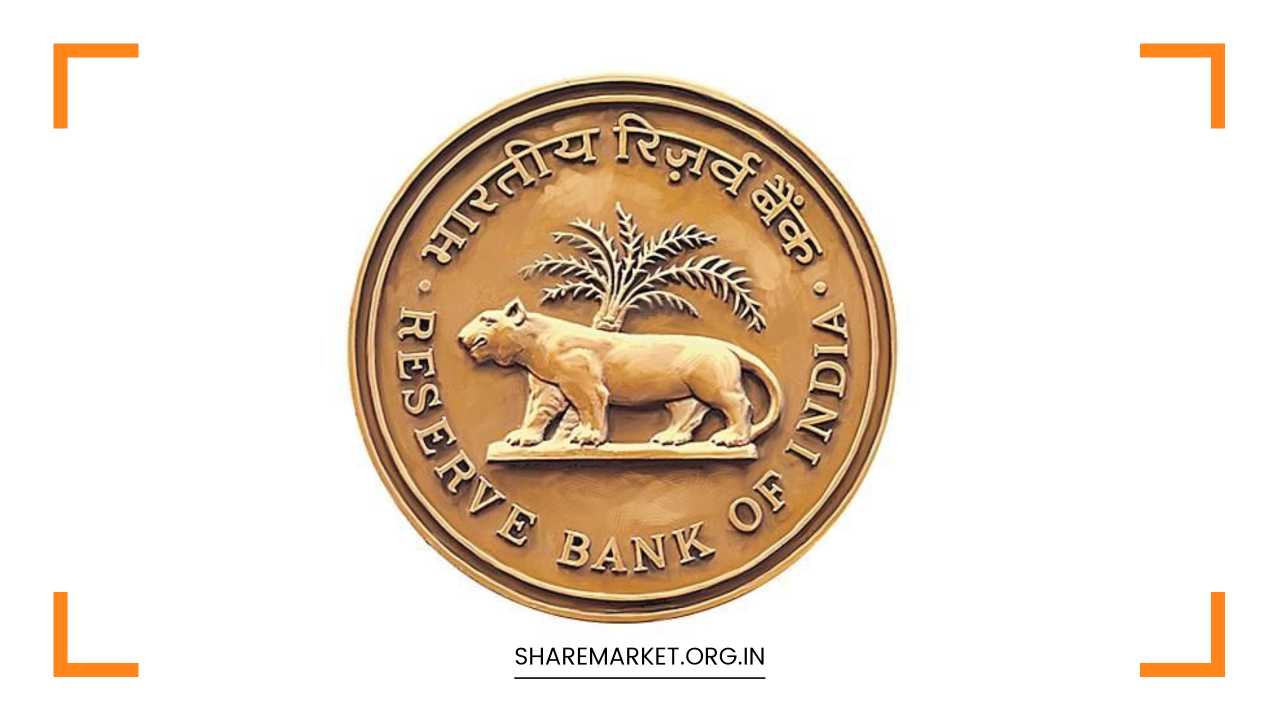RBI Tightens Loan Rules: Public Bank Stocks Like SBI, PNB, Canara Plunge

RBI
RBI Tightens Loan Rules: Public Bank Stocks Like SBI, PNB, Canara Plunge
The recent plunge in stock prices of major public sector banks (PSBs) in India, with some falling by up to 6%, highlights a critical shift in the landscape of infrastructure financing.
This decline follows the Reserve Bank of India’s (RBI) introduction of stricter lending norms for infrastructure projects, aimed at enhancing risk management and project monitoring.
The impact of these new regulations is reverberating through the financial sector, affecting both traditional banks and non-bank financial companies (NBFCs).
Unveiling the New Regulatory Landscape
The RBI’s draft guidelines represent a significant overhaul in the approach to infrastructure project financing. These regulations are designed to address the growing concerns around risk management and the sustainability of infrastructure investments. The new guidelines introduce several key changes:
- Project Categorization: The RBI’s guidelines mandate a more granular classification of infrastructure projects based on their development stage. This categorization will impose stricter requirements at each phase of the project, from planning to completion. The intent is to provide a more detailed and accurate assessment of risks associated with projects at different stages of their lifecycle.
- Enhanced Provisioning: One of the most impactful changes is the requirement for banks to set aside a significantly higher provision during the construction phase. Banks will now be required to maintain a provisioning of up to 5% of the loan amount for standard category projects, compared to the current rate of 0.4%. This substantial increase aims to buffer against potential losses arising from project delays or defaults, reflecting a more conservative approach to risk management.
- Phased Reduction in Provisions: As projects advance to operational status, the provisioning requirement will decrease to 2.5% of the outstanding loan amount. Further reduction to 1% is possible if certain conditions are met, such as strong financial performance and significant debt reduction. This phased approach incentivizes developers to maintain financial stability and manage debt effectively.
- Applicability to Non-Bank Lenders: The new guidelines extend beyond traditional banks to include non-bank lenders involved in infrastructure financing. This broader applicability ensures a more comprehensive approach to risk management across the entire lending spectrum, addressing potential gaps in oversight and regulation.
Ripple Effects Across the Financial Sector
The immediate impact of these stricter regulations has been felt across the financial sector. Public sector banks such as the State Bank of India (SBI), Punjab National Bank (PNB), Canara Bank, Union Bank, Bank of Baroda, and Bank of India have all experienced notable declines in their stock prices.
This market reaction underscores the significance of the RBI’s new guidelines and their potential implications for the financial health of these institutions.
Non-bank financial companies (NBFCs) that play a pivotal role in infrastructure financing, such as Power Finance Corporation (PFC), Rural Electrification Corporation (REC), and Indian Renewable Energy Development Agency (IREDA), have also seen a drop in their share prices.
While IIFL Securities anticipates that the impact on the return on equity for these NBFCs may be minimal, their Tier-1 capital ratios are expected to decline significantly by 200-300 basis points.
Additionally, their valuation multiples may face downward pressure, reflecting concerns about the increased provisioning requirements and its effects on their capital adequacy.
Potential Implications and the Road Ahead
The RBI’s tightening of infrastructure loan norms is likely to have several far-reaching effects on the infrastructure financing landscape:
- Reduced Risk Exposure: The increased provisioning requirements are intended to reduce the risk exposure of lenders by ensuring that they are better prepared for potential project delays or defaults. This more conservative approach to risk management aims to safeguard financial institutions and promote stability in the lending sector.
- Improved Project Monitoring: The new regulations are expected to enhance oversight and monitoring of infrastructure projects. By imposing stricter requirements and closer scrutiny, the RBI aims to ensure that potential issues are identified and addressed in a timely manner, contributing to improved project execution and reduced risk of cost overruns.
- Potential Impact on Infrastructure Development: While the stricter lending environment is designed to enhance risk management, it could also lead to a slowdown in infrastructure project financing. This slowdown might impact the overall pace of infrastructure development, which is a critical component of India’s economic growth. Balancing the need for rigorous risk management with the goal of sustaining infrastructure growth will be a key challenge for policymakers and financial institutions.
Navigating the New Landscape
In light of these new regulations, both public and private lenders will need to adapt their strategies to navigate the evolving regulatory environment. Several strategic adjustments will be essential:
- Enhanced Due Diligence: Lenders will need to adopt more rigorous project appraisal processes and risk assessments to comply with the new norms. This will involve a deeper analysis of project viability, financial stability, and potential risks at various stages of development.
- Focus on Financial Viability: Project developers will need to emphasize financial sustainability and demonstrate strong cash flow generation to secure funding under the new guidelines. This focus on financial performance will be critical in meeting the stricter lending criteria and ensuring successful project execution.
- Strategic Partnerships: Collaboration between lenders and project developers can play a crucial role in mitigating risks and ensuring project success. Strategic partnerships and joint efforts in risk management can help address challenges and enhance the overall effectiveness of infrastructure financing.
Long-Term Consequences and Future Outlook
The long-term impact of the RBI’s new regulations on infrastructure financing remains to be fully seen. While the immediate reaction has been a decline in stock prices and concerns about capital adequacy, the potential benefits of these regulations should not be overlooked.
By fostering a more rigorous approach to risk management and project monitoring, the RBI aims to create a more resilient and sustainable infrastructure financing ecosystem.
In the short term, financial institutions and project developers will face challenges in adapting to the new regulatory landscape.
However, the emphasis on enhanced risk management and financial viability could lead to more robust and well-managed infrastructure projects in the long run. This, in turn, may contribute to greater stability and sustainability in the infrastructure sector.
As stakeholders navigate this new e
nvironment, ongoing dialogue between regulators, financial institutions, and project developers will be essential. By working together to address challenges and implement effective risk management practices, the infrastructure financing sector can adapt to the evolving regulatory framework and continue to support India’s ambitious infrastructure development goals.
In summary, the RBI’s tightening of loan rules for infrastructure projects marks a significant shift in the regulatory landscape.
While the immediate effects have been felt through declines in stock prices and concerns about capital adequacy, the long-term implications could lead to a more resilient and sustainable infrastructure financing ecosystem.
The key for all stakeholders will be to adapt to the new norms, enhance risk management practices, and work collaboratively to ensure continued progress in infrastructure development.


















The recent tightening of loan rules by RBI has certainly sent shockwaves through the market, especially impacting public bank stocks like SBI, PNB, and Canara. It’ll be intriguing to see how these institutions navigate through these challenging times.